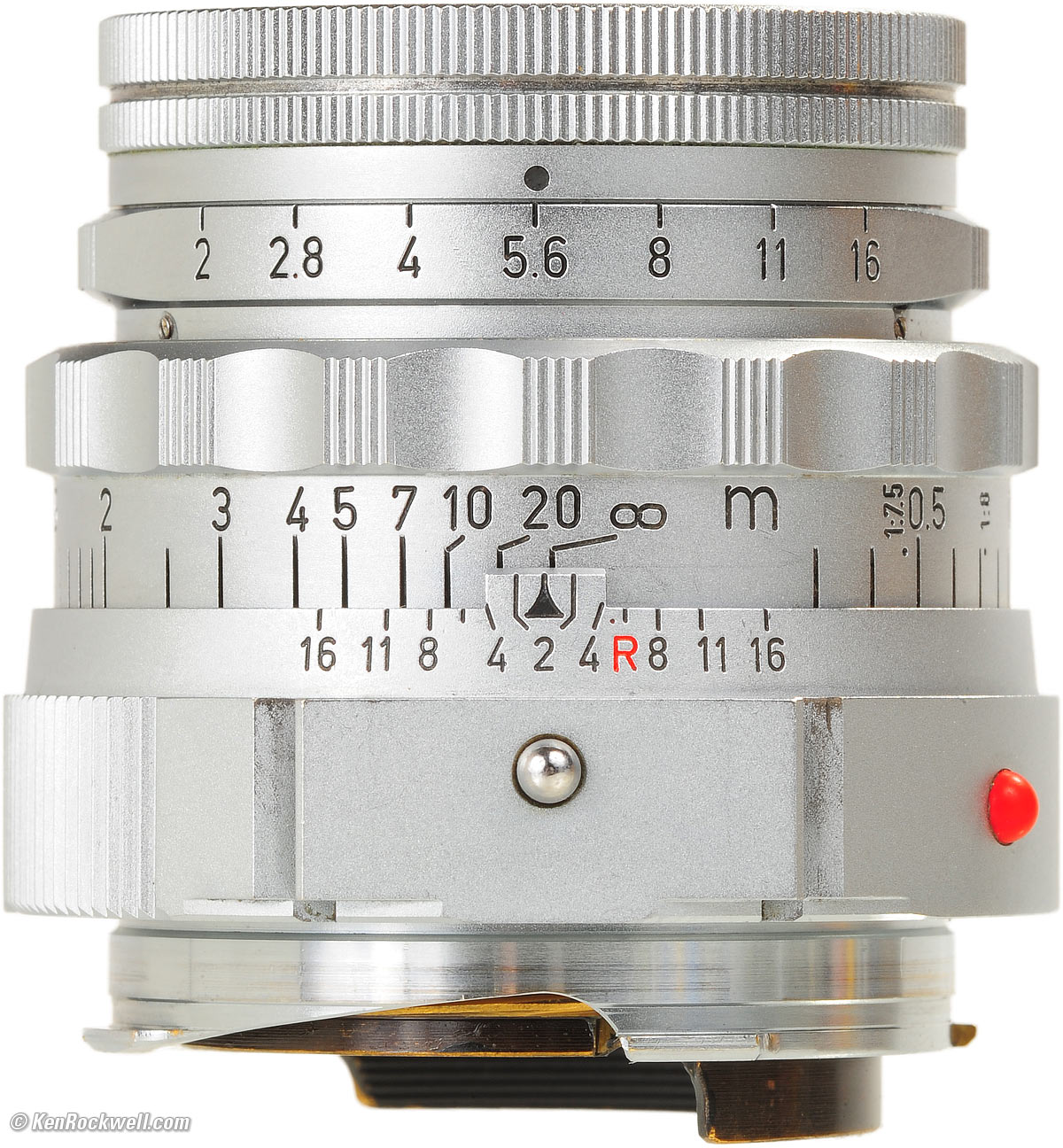

When I read " My Life with the Leica" by Walther Benser, that is what he stated as the new fantastic possibility with the 90mm lenses back in the 1940s. Camera strap is the Yosemite black calfskin. Leica M9 with Leica 75mm Summilux-M f/1.4 and the "Always Wear A Camera" camera pouch in Berlin Blue calfskin. My take on that is that the isolation of the background (in a portrait) was only possible with small tele lenses (75mm, 80mm, 85mm and 90mm) back in the day when those lenses were not that lightstrong (f/4.0) and their counterpart 50mm lenses captured way too much of the unwanted background being f/2.0 to f/3.5.

This is still true, though the faster apertures of todays 50mm lenses enables us to blur the background with a 50mm f/1.4 lens the same was as you used to use a 90mm lens to do. Leica M 246 Monochrom with Leica 75mm Summilux-M f/1.4. With a tele you isolate the background with a more narrow angle, and the backgrund appears more solid or flat (whereas a wide angle includes more of the background due to a wider angle, and the backgrpund appears with more details and more distance between them).Ī real estate manager on his bicycle in my hometown Aarhus, Denmark. Traditionally 90mm and 75mm lenses have been considered good portrait lenses because one can isolate the subject from the background. The 75mm is recognized by the narrow depth of field wide open. Walter Mandler (in the middle in this photo) The 75mm Summilux-M was the personal favorite

Mandler somewhat a genius at lens design, he also implemented computer-aided lens design before anyone else. The factory in Canada was set up as a replica of the factory in Wetzlar, Germany, and as time went by, the Canadian factory sometimes was ahead of the German counterpart. Leitz lost their entire Russian market (and more) after World War I, and World War II was also straining and difficult. Werner Mandler was the CEO and chief lens designer of Leitz Canada, the factory set up in Canada after World War II as an insurance for Leica that they could always produce despite wars. Leica M10-P with Leica 75mm Summilux-M f/1.4. Mandlers favorite lens", it is a soft contrast lens compared with later 75mm designs such as the 75mm APO-Summicron of 2005 and the 75mm Noctilux f/1.25 of 2018. © Thorsten Overgaard.Ī lot has happened in lens design since 1980, and even the 75mm Summilux is often described as "Dr. Which naturally leads to the question, "Should I get one (before it is too late)?" As it is with most Leica products, that which is no longer available goes up in price. Werner Mandler, and it only became more legendary when it discontinued in 2007. The 75mm Summilux-M f/1.4 is a legendary lens, designed in 1980 by Dr.


 0 kommentar(er)
0 kommentar(er)
